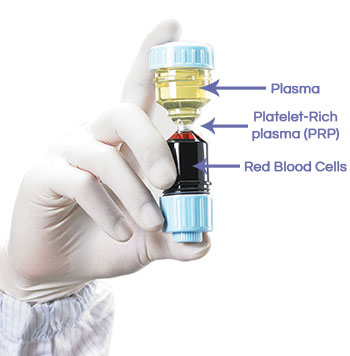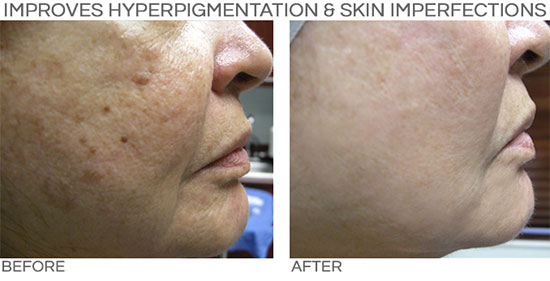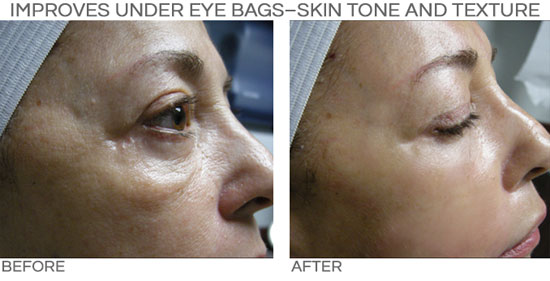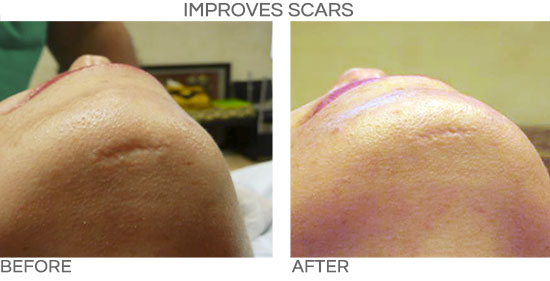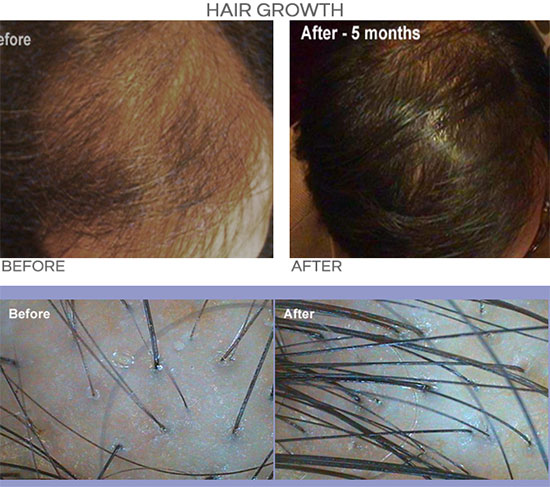PRP Treatments are 100% natural. They use your own blood platelets to accelerate your healing. 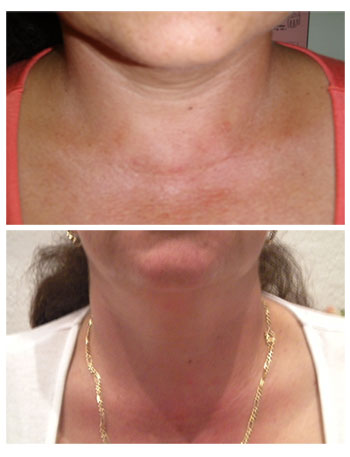
- Harnessing your own innate ability to heal
- In-office procedure
- Zero side effects to worry about
- Can be applied multiple times – no limit
- No downtime
The procedure usually takes less than an hour and only requires a small amount of blood drawn from your arm. The blood is then spun in a centrifuge to separate the platelet-rich plasma (PRP) from the plasma and red blood cells and then injected into the treatment area.
Most people see significant results in just four to eight weeks.
PRP is a frequently used treatment in dermatology for:
- Skin Resurfacing
- Skin Rejuvenation on these common areas:
- Face
- Neck
- Chest
- Hands
- Post Acne Scars
- Post Traumatic Scars
- Surgery Scars
- Hair Follicle Stimulation
What is Platelet-Rich Plasma (PRP)?
PRP is blood plasma that has been enriched with platelets. As a concentrated source of autologous platelets,
PRP contains (and releases through degranulation) several different growth factors and other cytokines that stimulate healing of bone and soft tissue.
Faster Healing – Platelet-derived growth factor (PDGF), one of 4 found in RPR, is proven to increase cell proliferation by as much as 800%.
Cycling VS Walking – The difference is like finishing a marathon by cycling instead of walking. MRI-documented cases of PRP-assisted healing shows record recovery time.
How is PRP Used?
In esthetics; it is injected in the skin or used with the needling procedure known as the Vampire Facial. The treatment will improve the complexion, stimulate collagen, and render the skin more youthful and healthy.
The results observed on clients after the treatments; youthful complexion, tightening, even tone, scars resurfacing and collagen rebuilding/plumpness, correction of pigment.
“We are entering into an era of biologic treatment, which is incredibly ideal, where you can use your own cells to try to help repair your other cells, rather than using a substance that is artificial. The downside is next to zero and the upside is huge.”
~Brian Helpren, M.D., Hospital for Special Surgery, New York


